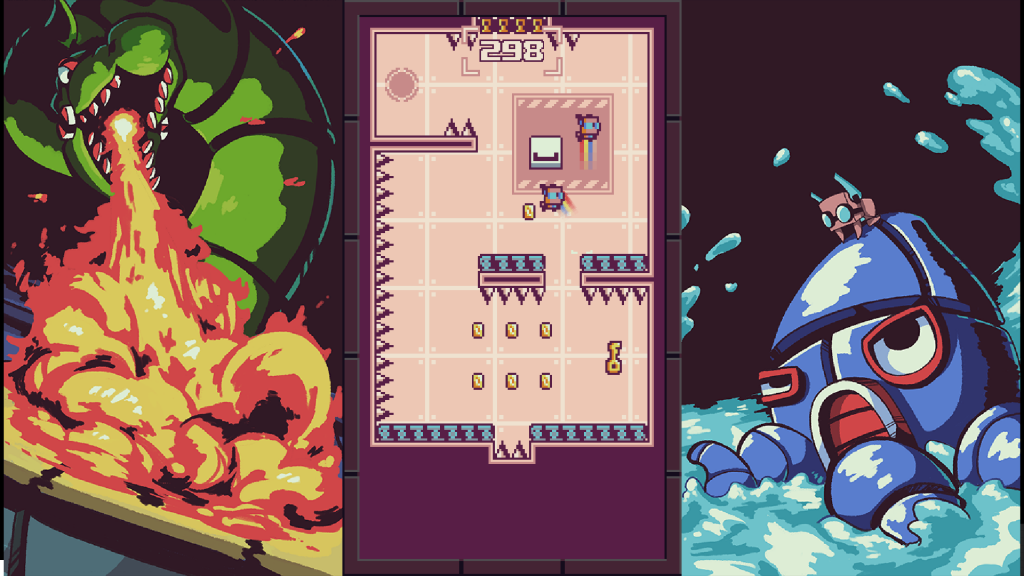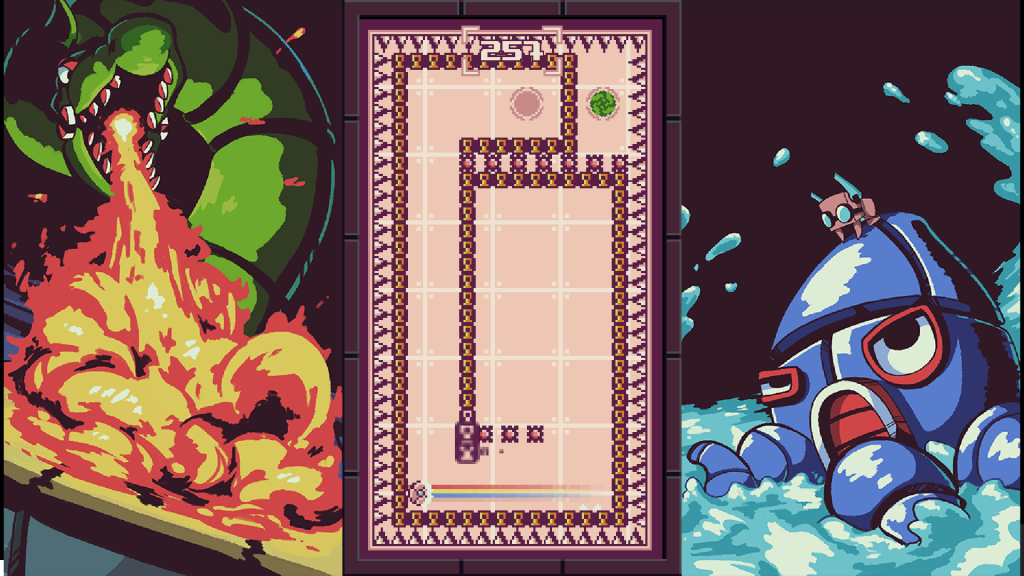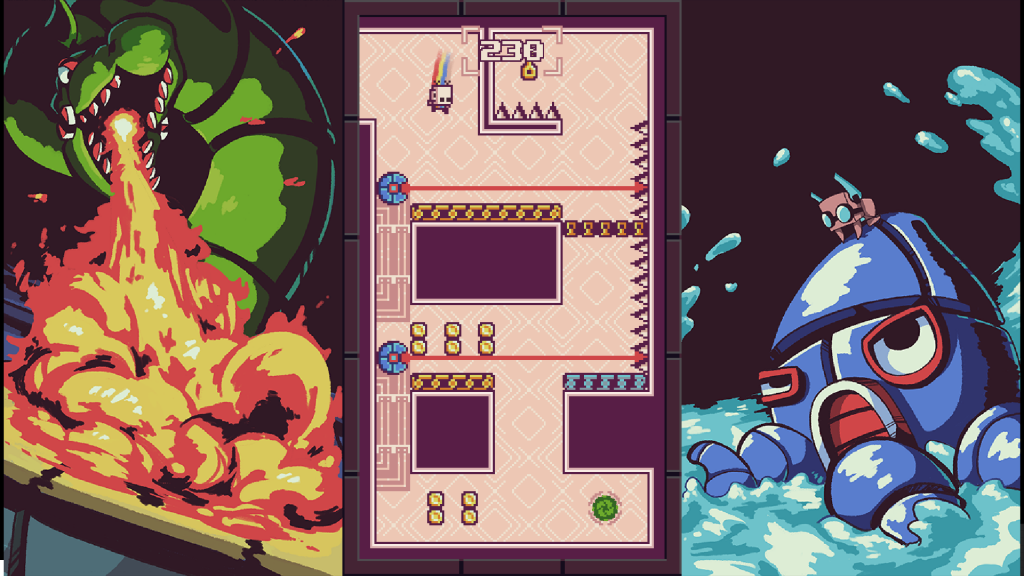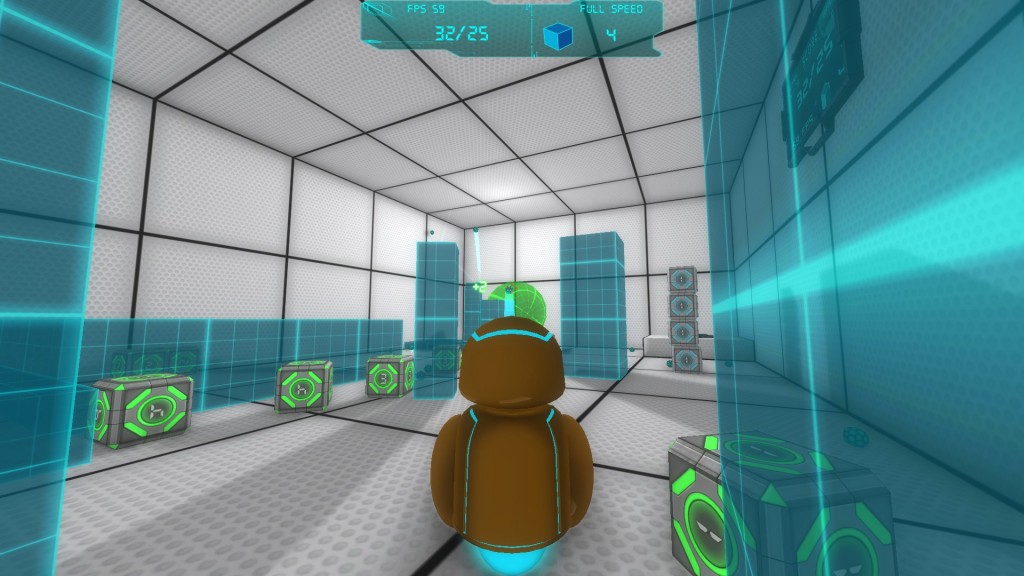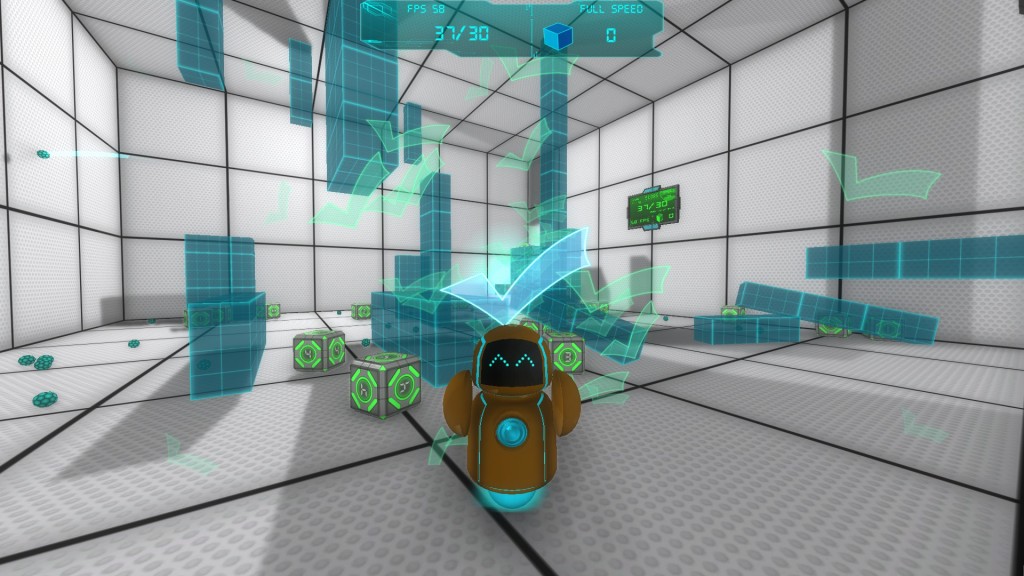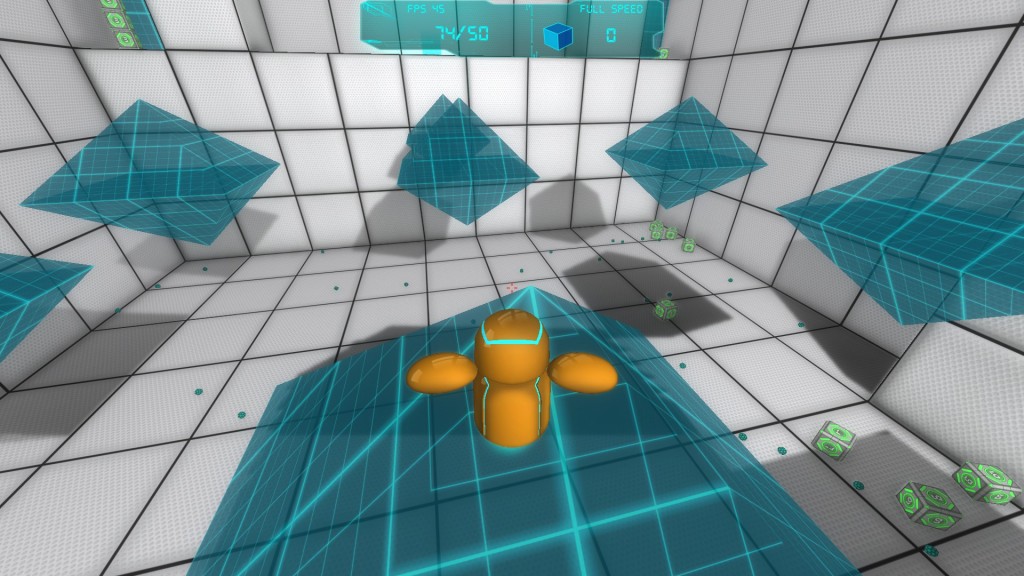Digging Into Lore: Games Can Be Quietly Disturbing Sometimes
I should make this clear from the outset: This is not a blame-n-shame article. This is more an examination of how the Rule of Cool (And other factors) can sometimes create unintentionally screwed up things. It should also be made clear that I absolutely adore Pokemon, Monster Hunter, and Wipeout. They’re awesome series, with some awesome mechanics, and some fun stories.
But when you look at some stuff that’s accumulated over the years, they’re not the happy, shiny places you first think they are.
There are dragons hiding in the lore. And I don’t really think many of them are, per se, intentional. Rather, they’re the result of years of flavour text just building up and creating a bit of a fustercluck that makes the worlds of these games… A tadge darker. So let’s discuss that a bit. Starting with the Monster Hunter series.
The Monster Hunter games haven’t really had storylines, per se, until relatively recently (Monster Hunter Tri, or 3rd Generation, onwards.) But they have had conversations, and quests, and characters, and locations, and all of those kind of add up. Let’s start with something seemingly innocuous: Felynes and Melynxes.
No, we’re not going to talk about their fur colours, or the fact that one species is known for stealing your things, and one for swarming you if even slightly provoked. Instead, we’re going to talk about where you see them… Or, more accurately, where you don’t see them, for the most part.
Both Felynes and Melynxes, while having societies of their own, with many of the same variations as humans have (There are, apparently, vegetarian Felynes, for example), occasionally try to integrate into Human society, where they become… Chefs. Merchants. Labourers and farmers. Mercenaries. Chamberlains and servants.
Beginning to notice a theme here? Noticing what’s missing here? Yes, that’s right. Not village elders. Not Quest Liasons. Not trainers. In short, no positions of authority. They are, in short, Second Class Citizens. And there’s support for this view within the early games too, as sometimes… You’re tasked with hunting them, or fighting them for sport. Less so in later games, but… Lynians in general, it seems (Felynes, Melynxes, Shakalakas, and Uruki), seem to get the short end of the stick. Not always (Felyne mercenaries, for example, receive quite a large hazard pay stipend from the Hunter’s Guild for hauling downed Hunters back from dangerous areas), but… Often enough that, when you look a little, the world of Monster Hunter suddenly seems to deserve those major key tunes a little less.
This, of course, is a good point to mention why this is: Because, originally, they were monsters. Felynes as buddies didn’t really happen until MH2, and the same applies to many of their roles. Felynes were mostly peaceful, unless they got aggroed, and Melynxes stole your stuff. If you wanted to get that stuff back, you went to… Er… A Felyne village. So, again unintentionally, it appears Felynes and Melynxes are kinda shitty sometimes too.
Pokemon, similarly, is more than a little disturbing when you actually look at it. Intention wise, it’s meant to be based on conventions of Shounen: Japanese boy’s comics, where going from strength to strength to strength is a theme, and where the message is “You can kick righteous ass and achieve your goals, if you work hard at it.”
But many folks have noticed, and commented on the contradictions and oddities, built up over the years. Kids are quite happily exposed to various Pokemon, despite them being… Well, incredibly dangerous creatures. There are pokemon who kill humans with sleep. Pokemon who can fry you, electrocute you, cut you to ribbons, or pound you to a pulp. And yet, they’re our best buddies in the whole world. Except when they’re not, usually both for plot reasons, and because the Evil Team of the day is messing things up somehow.
Ruby/Sapphire/Emerald is a perfect example of this. Yeah, let’s awaken these ancient pokemon and… Whups, we just caused an ecological disaster. But don’t worry, Pokemon Trainer Insert Name Here, Student of Professor TreeName, is here to save the day! With friendship, and awesome monster fights!
Finally, when those monsters are caught, and befriended, these Legendary Creatures of Myth? Well, they’ll join a few battles, but it’s more than likely they won’t join our Young Hero(ine) in the Final Battle. No, it’s more likely they’ll be languishing in a digital realm, put in a digital box on a computer somewhere, presumably loaned to Pokemon’s (then) arch-rival, Digimon.
Again, it’s a good time to mention some (not all, but some) of the “Why” behind this. First off, it was a kid’s franchise that happened to hit it off with adults. It was designed as much to sell things as it was to entertain, and, as with many kids shows, “Common Sense” or “World Cohesion” was about as low on the agenda as “Must Have Lots of Sex And Swearing And Gore.” It’s consumerist as hell, and it’s quite easy to see. High Literatchoor It Ain’t.
Now, both of these examples have been JRPG franchises, and, to be fair, there’s a lot that’s interesting in terms of unintentional “What The Fuck?” within JRPG franchises, at least in part because of the culture. But there’s a home grown, British series that has amused me in this respect as well: The Wipeout Series. No, not the obstacle course thing. The future racing games for the Playstation consoles.
Y’see, when Formula Fusion (A future racing game created by many ex Studio Liverpool/Psygnosis devs) was getting Kickstarted, one comment in particular made me smile.
“Firstly, the game will be more real… And dirty.”
This is, so far, proving to be true, and I like this. But it’s by no means the whole story, in a sense. Because that futuristic cleanliness… Hid all manner of grimness. Let’s start with a throwaway comment in Wipeout Pulse that still makes me grind my teeth, to this day, from Talon’s Junction (The first track in the game.)
“After the Gray Goo incident in the Brecon Beacons…”
What? WHAT?!? For those who don’t know, Gray Goo is a catastrophic scenario in which self-replicating nanomachines replicate out of control, destroying all matter in the nearby vicinity as they breed and breed and breed using any available matter. Including people.
They killed the Brecon Beacons in a game. In Pulse, part of the HD era of the Wipeout series (When it looked its cleanest, as opposed to 2097, when it was at its grimmest, visually), the Brecon Beacons are gone because somebody didn’t keep an eye on things. And the game is filled with grim corporate shenanigans, such as isolated enclaves of the super rich. It’s a far cry from the first game, which… Actually, it sort of isn’t, because Pierre Belmondo’s dream of being free from fossil fuels, and flying through the skies leads to at least partial economic collapse and the like. Wipeout 3, definitely a lighter game visually, sets the scene for Wipeout Fusion, a game that divided the fans for being grimdark lore wise (And combat heavy for the series gameplay wise), and that in-universe darkness? Never actually went away. It just looked cleaner.
As noted, however, it does take some examination, and some games were never intended for a critical examination. Pokemon was intended as a franchise. Monster Hunter only gained a story most of the way through its (Current) lifetime. The Wipeout series went back and fore on the need for world lore throughout the series. But they are creative works, and as such, the moment they get out there, someone’s going to critically examine them. If that wasn’t true, we wouldn’t have a need for an official Zelda timeline. In the world of comics, IDW Transformers (Among many others) might never have existed if people didn’t critically examine a franchise that, originally, was to sell awesome toys. So, like these game worlds, it’s a bit of a mixed bag.

